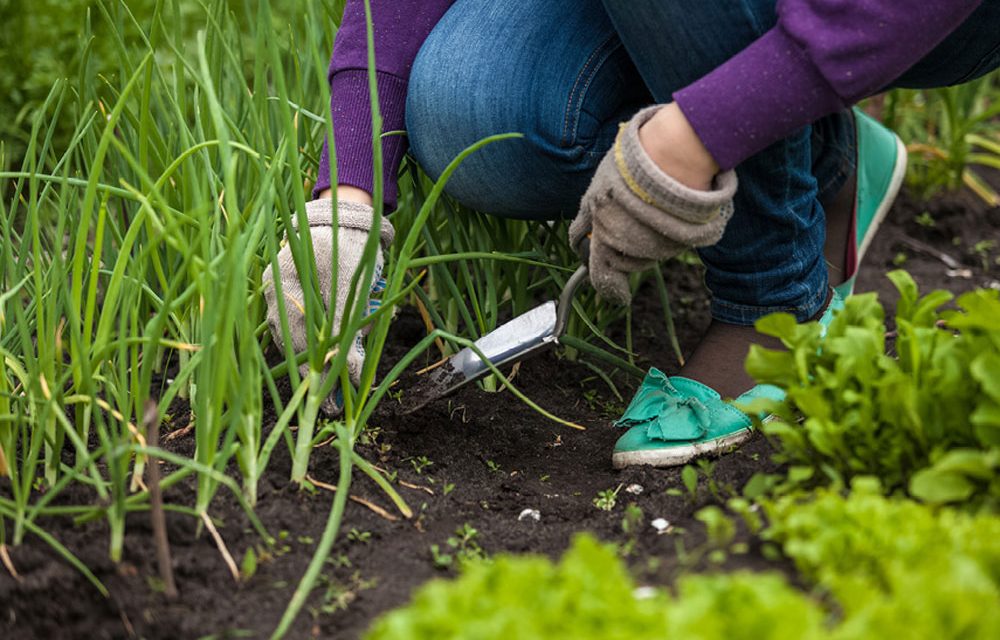To prepare your flowerbeds for a symphony of spring colour, it’s essential to lay the groundwork.
- Compost
- Fertiliser
- Fork
- Spade
- Gloves
- Mulch
- Rake
Step 1: Fertiliser
Remove winter mulch or, if well composted, work into the top layer of the soil. Add some leaf mold or well-rotted manure as it enriches the soil with nutrients.
Step 2: Compost
Add compost to the borders and beds.
Step 3: Mulch
Mulching will help your seedlings grow and your transplants to establish themselves, as the soil in which they are growing is kept moist. It improves water retention in the soil and protects the roots from the summer heat (or winter cold). Shredded newspaper, bark or a thick layer of compost will do the trick.
Top Tip : Each garden has its own microclimate. Some plants are more adapted to cold conditions and frost, while others prefer a warm climate. Select plants that are adapted to your rainfall patterns to reduce your watering time.
Hint: Earthworms keep soil light and soft, allowing water to reach down through the top layer into the root system below.











